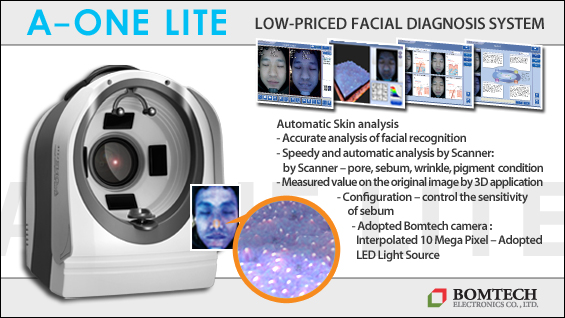
Ahn Sungku, M.D., Ph.D.
Professor of Dermatology, Wonju Severance Christian Hospital
e-mail: ahnsk@yonsei.ac.kr
Types and ingredients of moisturizers
The most common formulation types of moisturizers are cream, lotion or emulsion with oil-in-water, water-in-oil states. Various lipids and humectants are used as a single or combined active ingredient and surfactants and antiseptics, etc. are added for formulation stability and preventing decomposition. Organic acids (α-hydroxy acids, lactic acid, glycolic acid, malic acid) and hydrophilic polymer compounds (hyaluronic acid, etc.) are added to promote keratin turnover and hydration.
1) Humectant
Humectants are water soluble and can replace NMF lost with water. Glycerin is a type of humectant that has been in long use. It inhibits crystalization of stratum corneum lipids thereby stabilizing the lipid layer and promotes degradation of desmosome. Moreover, glycerin prevents epidermal water loss by forming hydrogen bonds with proteins or lipids within the stratum corneum, or forming hydrogen bonds with surrounding water molecules. Besides glycerin, propylene glycol, pyrrolidone carboxylic acid, sodium lactate, urea, sorbitol, hyaluronic acid, sugar, and α-hydroxy acid etc. can also be used as humectants. They are components of NMF but are rarely used alone. They can maintain the hydration level of the skin but can also increase drying sensation by releasing water from stratum corneum in cold and dry environments. Therefore, humectants alone cannot be expected to bring much improvement in xeroderma with weakened skin barrier functions.
2) Occlusive agent
An occlusive agent is an oil that forms a seal over the skin surface to prevent water loss. Mineral oil, petrolatum, lanolin, jojoba oil and various vegetable oils (cocoa butter, olive oil, etc.) are used as occlusive agents. Applying oil over the skin has excellent sealing effect. It increases hydration and makes the skin soft and glowing. However, this oil seal effect is short lived and leaves excessive greasiness.
3) Emulsion
Emulsion is classified as W/O if the continuous phase is oil and O/W if the continuous phase is water. Emulsion generally contains components of a humectant and occlusive agent, bringing hydration effects of both. The O/W emulsion provides better moisturization than the W/O type. The O/W type is more commonly available in the market due to easier manufacturing methods and application. After applying an emulsion over the skin, the water contained in the product quickly evaporates but the skin is continuously hydrated due to the humectant and occlusive agent contained in the W/O emulsion. However, the final continuous phase of emulsion remaining on the skin after evaporation is an occlusive agent and as such has very short-lived hydration.

Table 2. Classification of moisturizer.
[Advertisement] A-One LITE(Facial Diagnosys System) – Manufacturer: BOMTECH(www.bomtech.net)
-To be continued-




















